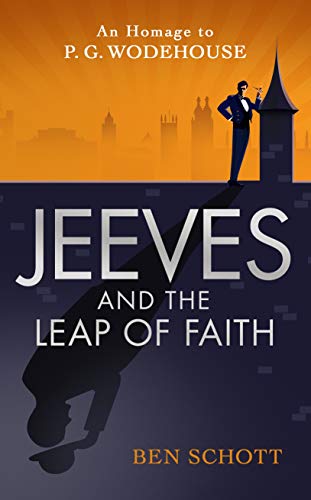Jeeves and the Leap of Faith
Writing a sequel can be a difficult exercise, more than seems obvious from a cursory consideration of the issue; the writer needs to be creative as any fiction author, but also has to work within the straitjacket imposed by the characters and milieu of the original. And because the Jeeves and Wooster series is so well known, unless it’s pitch perfect any story featuring these two much-loved creations of the genius of P.G. Wodehouse will be jarring and lacking authenticity. Ben Schott’s second sequel volume continues after the first (Jeeves and the King of Clubs), reviewed in HNR 88. There we learnt that Jeeves’ club, The Junior Ganymede, is a front for British intelligence in the mid-1930s as Europe slips into another global war, and ludicrously enough the arch-chump Bertram Wooster has been recruited to participate in intelligence operations, with the more cerebral involvement of Jeeves, of course. There is a myriad of subplots, which makes for a bit of a challenge when reading, including more romantic interest for Bertie with Iona, who appeared in the first volume, and it would seem that he may be moving to an engagement that he doesn’t need to enlist Jeeves’ assistance to extricate him from.
A range of familiar characters appear, including Gussie Fink-Nottle, the dreadful Roderick Spode (ludicrously the seventh Earl of Sidcup) and the formidable Aunt Agatha Gregson. While the bumbling fascist Spode is spot-on, I’m not sure Schott’s Aunt Agatha is quite in line with the “real” Wodehousian Aunt Agatha. It’s a complicated and busy plot for a light-hearted humorous story, and the ending is abrupt and unresolved, with a third episode in the series clearly flagged. Nevertheless, this is wonderfully entertaining, clever and an irresistible read for Wodehouse’s countless admirers. The detailed endnotes demonstrate the dependable historical and cultural context in which Ben Schott places his inspired narrative.










